China has taken a series of policy measures to calibrate its government investment fund system through its entire lifecycle, with a particular emphasis on enabling unimpeded exit channels and allowing for reasonable risks.
This, analysts said, is expected to foster innovation while accepting the possibility of failure.
By collaborating with the private sector, government investment funds are able to maximize the impact and efficiency of fiscal resources, ultimately attracting a greater influx of social capital into priority sectors and driving sustainable and innovation-driven growth, they added.
The country will leverage the unique characteristics of government investment funds as patient capital and their role in cross-cycle and countercyclical adjustments, said the State Council, the country's Cabinet, in a guideline earlier this month.
These funds will be steered toward major strategies, key areas and weak links where market forces alone cannot fully address the existing gaps, thus catalyzing greater social capital participation, according to the guideline.
Governments at all levels have been running 1,627 such funds as of end-2024, collectively managing assets worth some 33.5 trillion yuan ($4.6 trillion), according to data from CVSource, an information service provider.
The inherent risks and uncertainties of future returns associated with innovation activities often deter private investors, who may be more inclined to focus on short-term, low-risk investments, said Wen Bin, chief economist at China Minsheng Bank.
In this context, government investment funds can play a crucial countercyclical role in sustaining innovative enterprises through the critical early stages of development, Wen said.
The holding periods of government investment funds, according to CIB Research, have been gradually extended, from the previous seven-eight years to over 10 years. This change is intended to enable these funds to act as more patient capital, providing long-term support for the development of key industries.
Government investment funds can also serve as catalysts, attracting and mobilizing additional private capital, and contributing to the creation of a more supportive environment for the growth and commercialization of new technologies, Wen added.
However, the availability of diverse exit options in China is still relatively limited, analysts said, stressing that robust exit channels are crucial for attracting long-term and patient capital to support the government's strategic investment initiatives.
To this end, China is improving the withdrawal policies for different types of funds. Notably, government investment funds are required to determine their exit timelines in a scientific manner, and clearly specify the withdrawal conditions in partnership agreements, according to the guideline.
The establishment of clear and transparent exit policies for government investment funds will enhance the attractiveness of these funds to long-term and patient capital providers, said Hu Bo, an associate professor in the School of Finance at Renmin University of China.
Meanwhile, it is a strategic move to facilitate the efficient recycling of capital. This, in turn, will allow the funds to reinvest their resources in a timely manner, ensuring sustained support for innovation and industrial transformation, Hu added.
The market has also been closely watching the establishment of tolerance and liability exemption mechanisms for investment funds, the current lack of which has hindered the ability of fund managers to fully unleash their investment potential.
Rather than relying solely on the profitability or losses of individual projects or single-year results, the authorities are working to develop a comprehensive, end-to-end evaluation system that takes into account the broader investment dynamics and the overall realization of policy objectives, as noted in the guideline.
By embracing a certain degree of risk tolerance, the government is signaling its understanding that not every investment will yield immediate or predictable returns. This shift in mindset can empower fund managers to pursue more ambitious, high-potential opportunities without the fear of overly stringent performance assessments, Hu said.
Policymakers have taken note of the worrying trends emerging in the establishment of government investment funds, which have expanded from provincial jurisdictions down to the county level, and in some cases have even led to a formal and disorderly development at the local level.
The guideline stipulates that county-level governments should exercise strict control over the creation of new investment funds. If counties with relatively robust financial resources and favorable conditions need to establish investment funds, they must seek prior approval from higher-level government authorities.








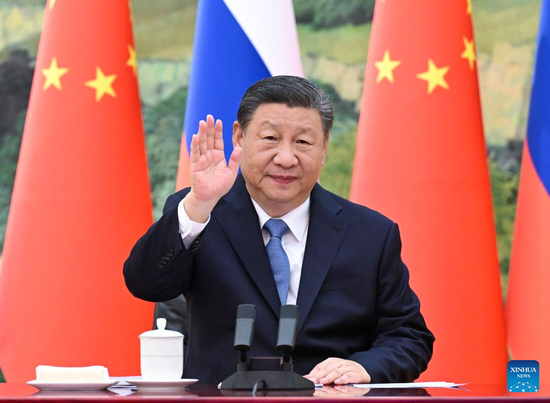













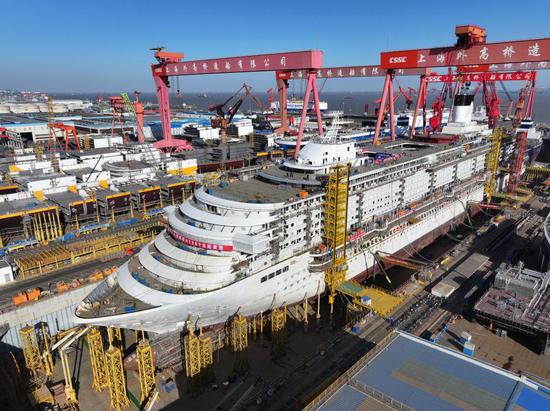
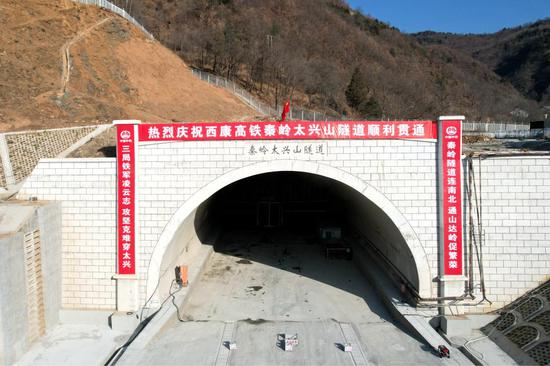

















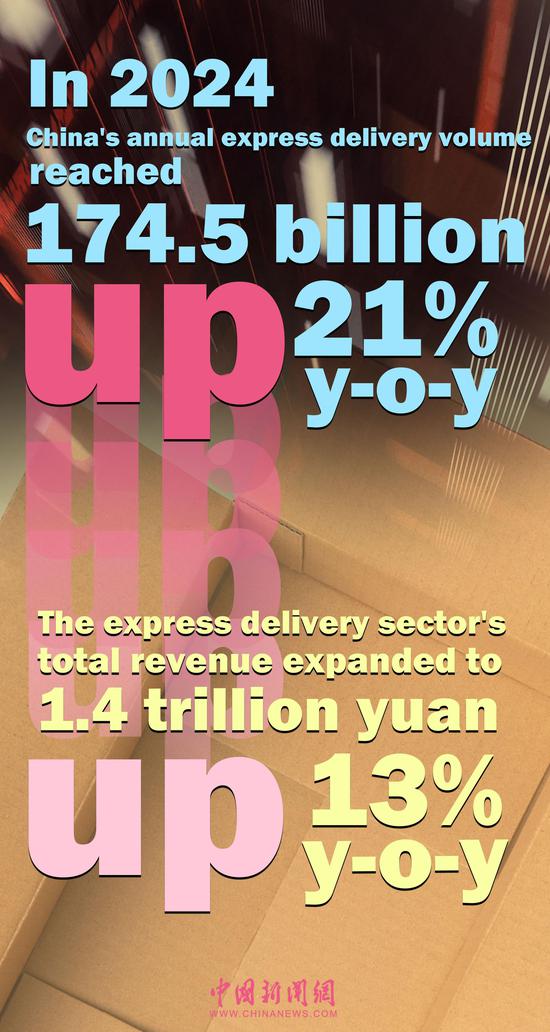




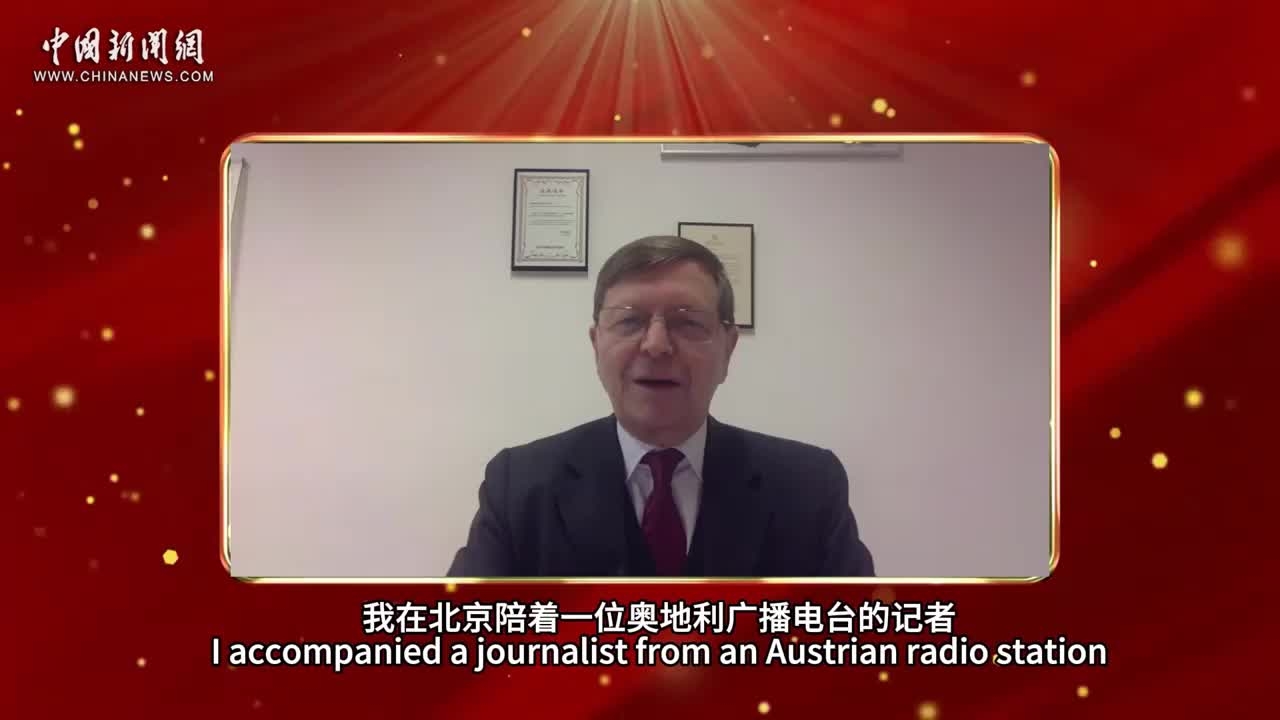



 京公网安备 11010202009201号
京公网安备 11010202009201号